Corn yellow, this color does not exist in Malawi. Here, the corn cobs are white. The national dish Nsima is prepared from the maize flour. The porridge, comparable to Italian polenta, is formed into patties and served with spicy, often vegetarian side dishes such as vegetables and beans. Nsima is a staple food in Malawi and an emotional link within the family. Without nsima in a meal, Malawians say, you haven’t eaten.
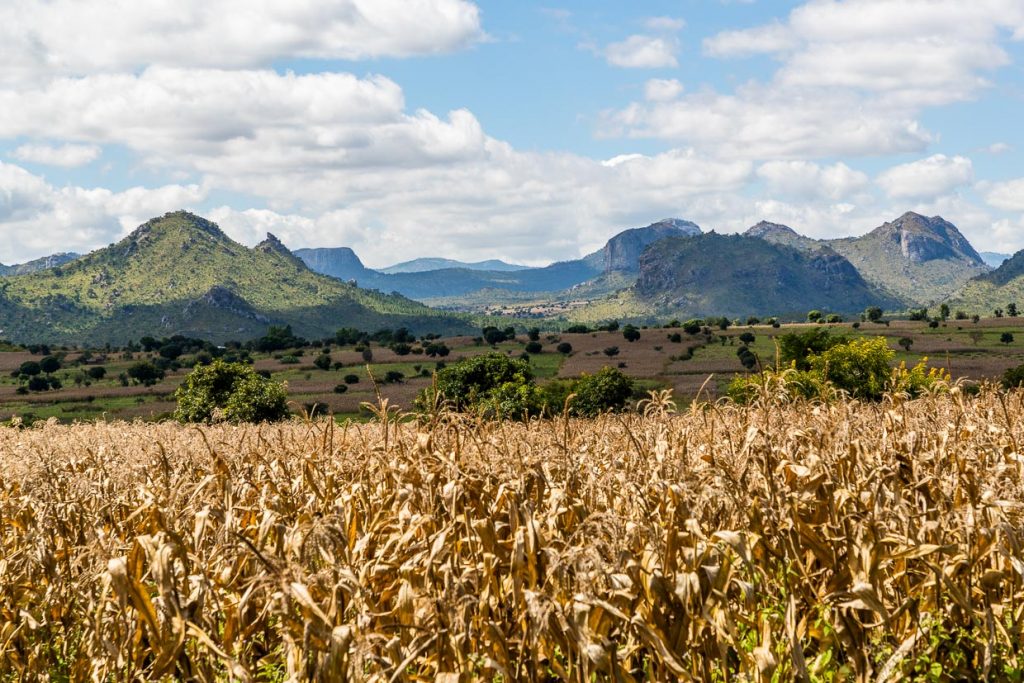
Maize is the most important and most widely grown crop in Malawi. Shortly after the end of the rainy season, in early May, the maize harvest is in full swing. In Malawi, this often means work for the whole family. Harvesting is done by hand. Family members who work in the city even take time off and travel to their home village to help with the harvest. The corn cobs are separated by hand from the stalk and the protective read leaves. This is just the beginning of a process based on division of labor until the finished nsima meal is ready.
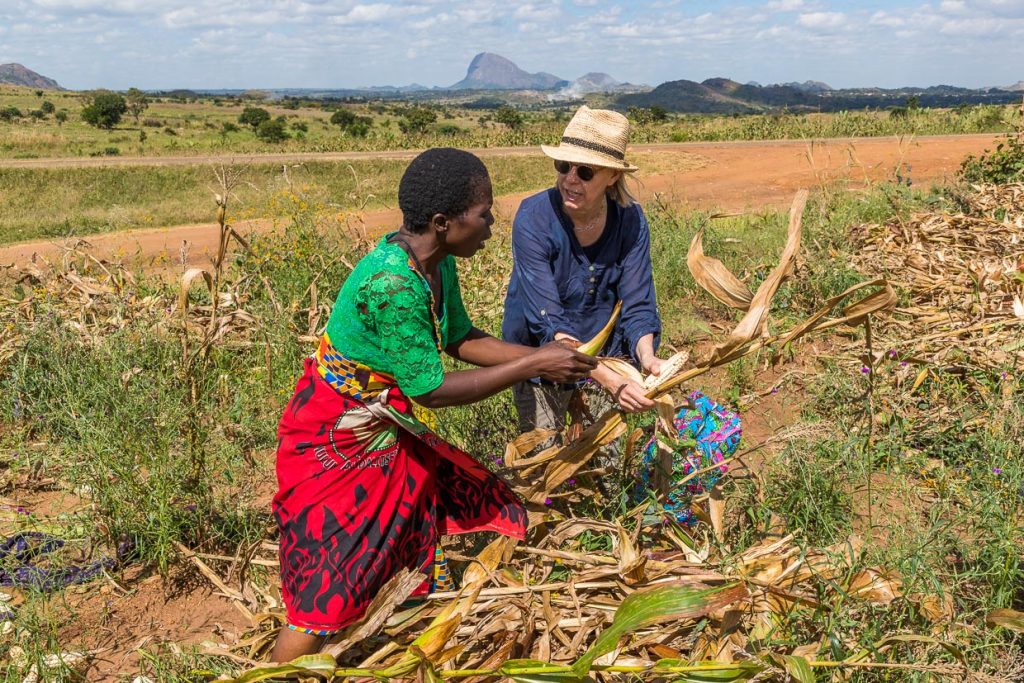
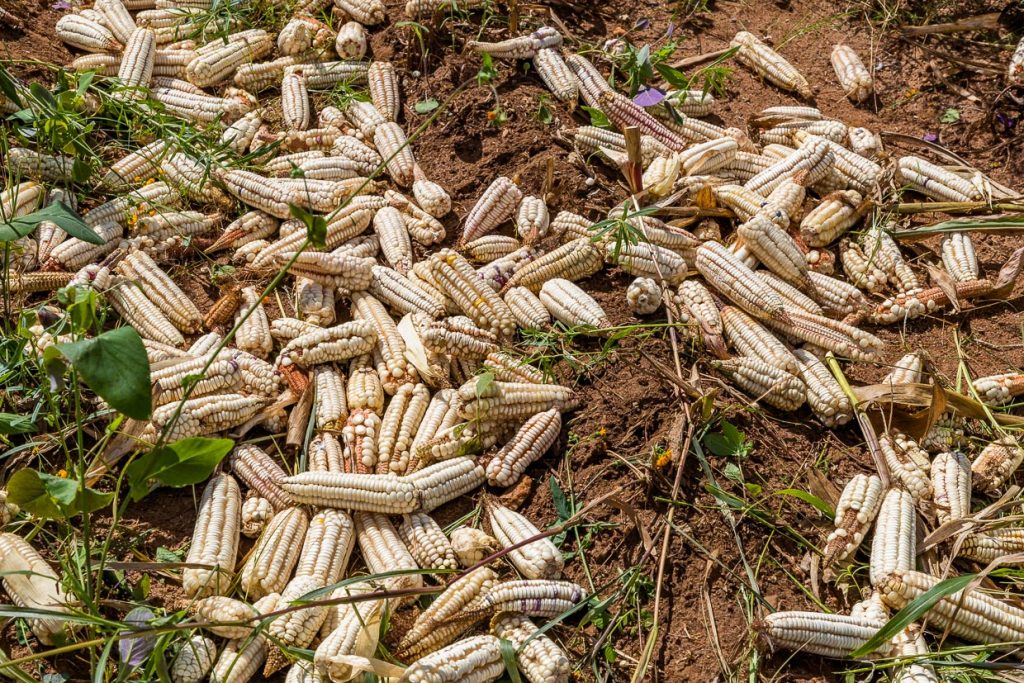
Nsima – from grain to flour
In many villages there are maize mills. In the days of the maize harvest, there is a lot of activity around the mills. Young men transport huge sacks of corn cobs to the mill on their bicycles, smaller quantities are carried by women on their heads. Rarely do you see cars with a loading area full of corn. The people wait patiently in front of the mill until it is their turn to harvest the corn so that it can be ground into flour, which is then used to prepare nsima on an almost daily basis. The dish is such an important part of Malawian culture that it is eaten for breakfast, lunch and dinner, usually without any other ingredients. Many Malawians prefer nsima to rice and other foods because they believe it keeps them strong. While the starchy porridge is very filling, it poses the problem of malnutrition due to a lack of knowledge about a balanced diet. The Malawian government has brought the issue of malnutrition to the forefront among the population because of their traditional eating habits. The Ministry of Food specifically trains mothers in the villages. These pass on their knowledge of a more varied diet and how to prepare simple recipes using vegetables, millet or sweet potatoes. It is a laborious and lengthy project, because the preparation of nsima is emotionally and spiritually charged.
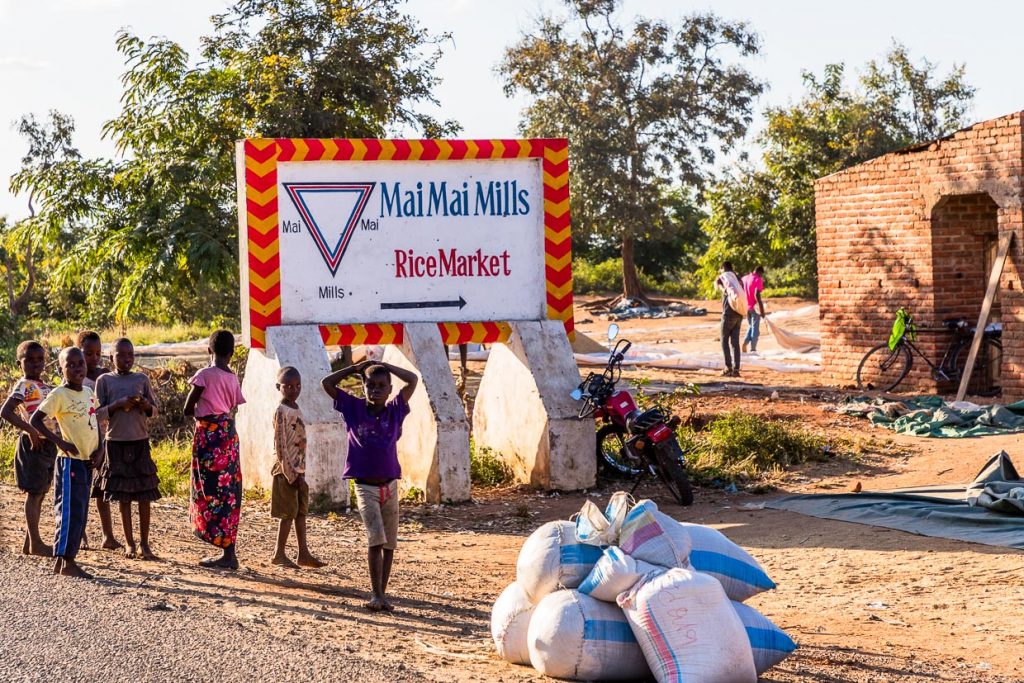
Traditions of hospitality
The traditional preparation of nsima begins with the processing of corn into flour. At an early age, girls in particular learn to pound the corn with a pestle and mortar. For festivals, the corn flour is made together. Then two women stand at a large mortar and take turns pounding the corn kernels with long pestles. The communities make sure that this custom of traditional preparation is not lost. You can often find drawings and paintings that show these traditions and customs. Hospitality in a community also includes taking the often heavy luggage from the visitor upon arrival in the village, slaughtering a rooster and eating nsima together as a strengthening meal. Nsima still has great cultural significance for the people today. On the large mural, the spirits of the ancestors also hover around the mortar filled with corn.
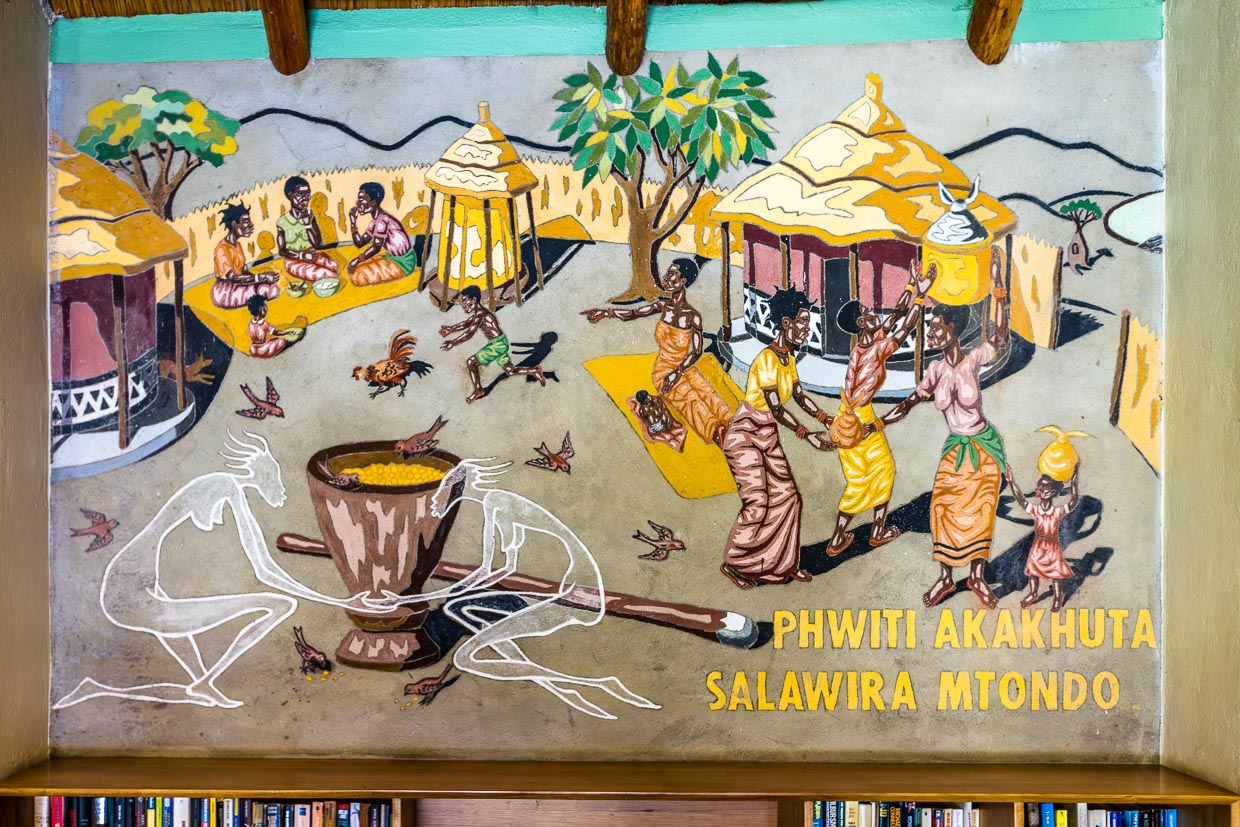
In the restaurant
Contrary to expectations, tourists have to make an active effort to be served nsima. The more upscale the restaurant, the rarer it is to find the country’s traditional dish on the menu. As is so often the case, the everyday doesn’t seem good enough to the locals for guests from afar. But those who ask and show interest in the local cuisine are not disappointed. Most of the time, the cook and service staff are happy when the traditional nsima is requested instead of rice or fries.
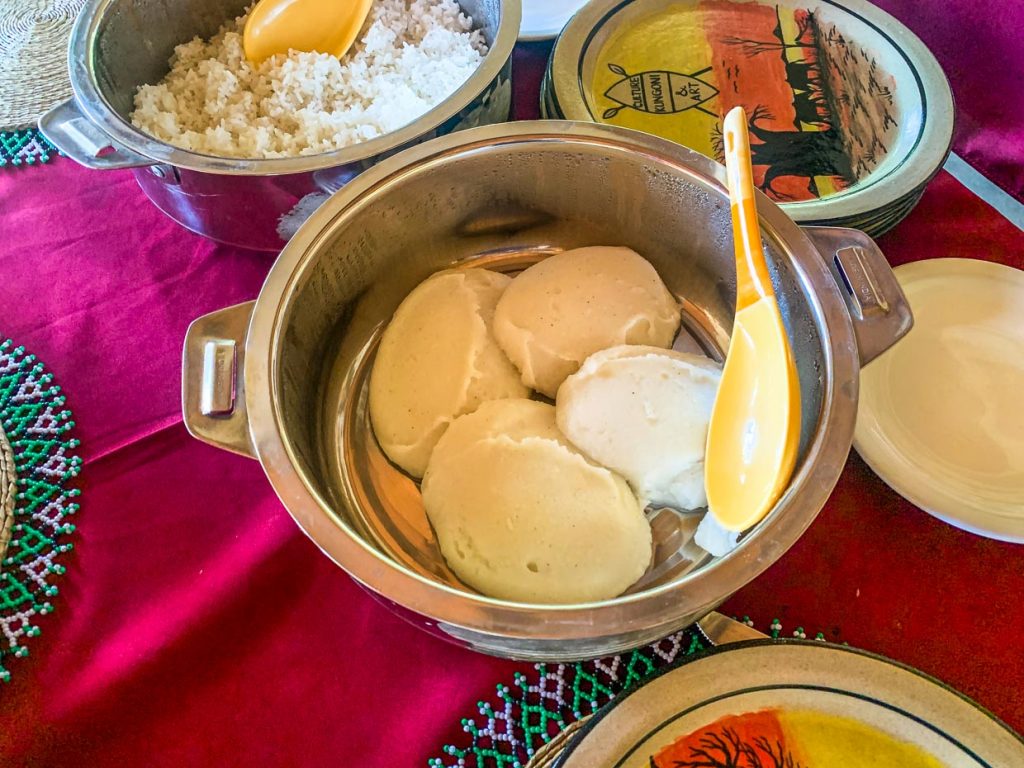
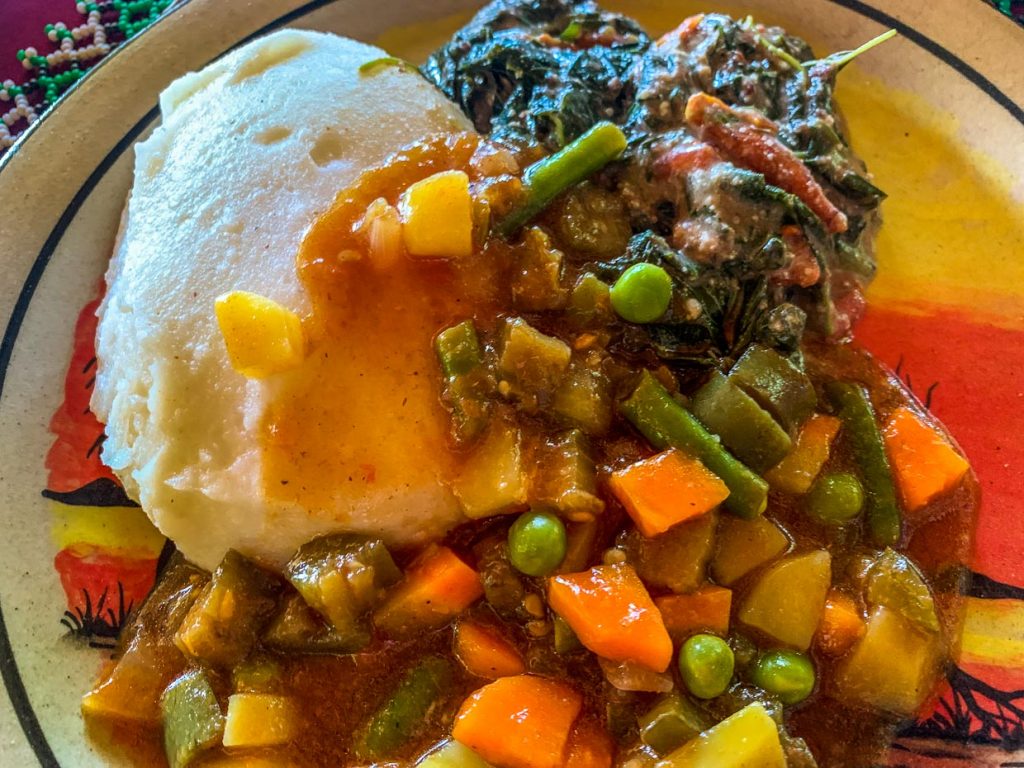
Traditionally, nsima is eaten by hand. Before eating, the hands are washed. Pieces of nsima are then broken off with the right hand and rolled into a ball. Finally, a small dimple is pressed into one side of the ball and the ball is dipped into the meat or vegetable sauce. Nsima is served in many different flavors. A real feast is the combination of nsima with freshly caught Chambo fish from Lake Malawi.
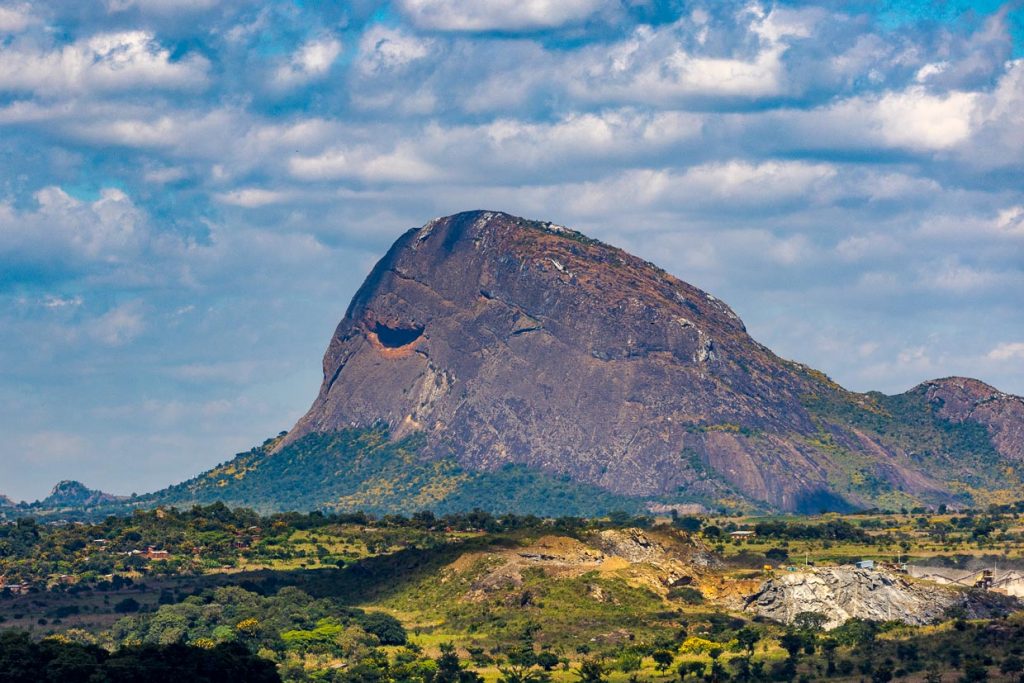
What the vernacular says!
The importance of Nsima to the people of Malawi is also evident in many sayings. If one can eat the filling maize porridge for all three meals, it is considered a sign of food abundance. If someone has been sick and eats nsima again, it is a clear sign of recovery. And the joy of seeing one’s family again is also associated with nsima. For example, after driving us around his home country for two weeks, our driver Michael wished his wife a meal of nsima for the day he returned to his family.
It is not a cultivated plant in Malawi like maize, but it is cult. Interesting facts about the Baobab tree.
The research trip was supported in Malawi by the Ministry of Tourism

